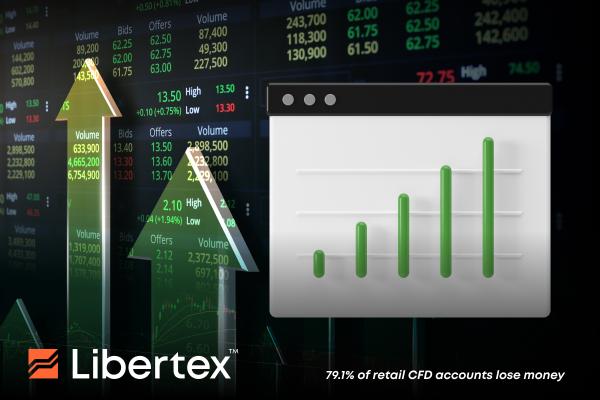As we head into the final month of 2023, it’s worth noting that this has been a much-improved year for US stocks after two torrid years of ever-lower lows from 2021–2022. Despite huge geopolitical uncertainty across Europe, the Middle East and Asia, above-target inflation, and energy shortfalls, equities have somehow managed to avoid the typical declines associated with global instability. Since January, the US’s Big Three indices – the Nasdaq 100, S&P 500 and Dow Jones Industrial Average have managed to gain 47.54%, 18.9% and 6.08% respectively as at the time of writing (22/11/2023). And this doesn’t even tell the full story since some individual stocks such as Microsoft, Tesla and Nvidia have risen by as much as 57.5%, 118% and 252.2% respectively.
And while these YTD numbers are of course useful, momentum is what investors are interested in for the most part. Well, the good news is that a large bulk of these gains have been made in the last 3–4 months, with little to suggest a slowdown on the horizon. As usual, the main factors remain US monetary policy, the labour market and consumer confidence – all of which are looking fairly conducive to stock market returns at present. With the end of the year in sight, we’ll be looking at how these key fundamentals are likely to evolve in the coming months and the expected effect on US equities.
Right said FED
The impact of monetary policy on stocks is well known and the US regulator is without a doubt the most influential of all central banks. Amid runaway inflation back in 2021–2022, the US Federal Reserve acted decisively to raise interest rates while its counterparts in Europe and the rest of the world were hesitant – though it did take nearly a year of “transitional” hyperinflation to convince them. Despite the initial pain, the Fed’s strategy has proven to be the correct one as price pressure in the US sits at a much healthier 3.24%, while much of the eurozone remains above 5% and some EU nations continue to battle double-digit inflation. There has been much speculation as to whether the US regulator is done with its current rate hike cycle, with Fed Governor Lisa Cook stating that the central bank's current 5.25–5.50% rate is sufficient to bring inflation back to the 2% target. CitiBank analysts stated in a report earlier this week that it believes “Fed officials are most likely done raising rates this cycle”, while the CME Group's FedWatch Tool actually assesses the odds of a rate cut after Q1 at about 57%. Needless to say, stocks' strong performance over the past three months have been driven at least in part by the rapid drops in inflation and anticipation of an end to the Fed’s hawkish policy. If we get confirmation of this, then it can only be good for equities well into 2024.
Lucky numbers
The other major positive factor affecting risk assets like stocks is unsurprisingly the wider macroeconomic context – and this is typically measured by key economic indicators like the labour market, consumer sentiment, and various PMIs. In spite of high inflation and general uncertainty, the US labour market has counterintuitively been at its strongest in years. According to the latest non-farms payrolls reports, unemployment is at a very healthy 3.9%, with 297,000 new jobs added in September and 150,000 in October. What’s more, seasonal employment around the holidays is expected to see even more positions created before the end of the year. And while The University of Michigan consumer sentiment for the US is lowish at 60.4 for November, this is expected to improve as global tensions ease and the market’s strong performance becomes apparent. After all, consumer sentiment is based on the subjective opinions of ordinary people, which often tend to lag behind the market. For a services-based economy like the US, the non-manufacturing PMI is a huge indicator of general economic health and, despite not pulling up any trees, it has stayed solid above 50 for over six months now and is only likely to rise further as the Christmas and New Year celebrations boost demand for both goods and services. Let’s not forget that the market can often trail somewhat behind the key data – that’s why they call them leading indicators. With this in mind, these favourable numbers combined with a more dovish Fed policy could see the equities’ bull market continue into next year.
Trade stocks CFDs and more with Libertex
Libertex offers CFDs in a wide range of underlying asset classes from Forex, commodities, and crypto, through to ETFs, indices, and of course, stocks. In addition to major indices like the Nasdaq 100, S&P 500, and Dow Jones Industrial Average CFDs, we also provide CFDs in big tickers such as Tesla, Microsoft, and nVidia. But the best thing about our CFD model is its convenience: Our clients can buy, sell, at the push of the button in our easily accessible, multi-award-winning trading app. Create an account of your own by visiting www.libertex.com/signup


